Origins, part 6: Working at Jasper Hill + Cross-country road trips
Getting back into cheesemaking after taking time off.
This post continues the series that can be found in the archive.
Picking up the story from the last post about a trip in SE Asia, I get back into making cheese by heading out to Vermont……
Landing back in Seattle on a drizzly February morning, I experience the most profound culture shock of my life. Walking around downtown in board shorts and sandals, I was shocked to see people standing in an orderly line at an ATM. With a certain amount of space between them. Not only was the Pacific Northwest air cold and inhospitable, so were the people and architecture. I had somehow forgotten about the sense of a bubble that was considered personal space in the land of the gun, home of the doomed and fearful. The concept did not exist in the Southeast Asian countries I had just returned from. I was amazed to see all the closed doors and windows, people lives so closed up, hidden from view. America is boring because we are so private. Obsessed with notions like personal space and having our own rooms, where we can be at peace. Alone.
It took a bit of adjusting. But I became a full-fledged American again in about 10 days, drinking IPA and eating sliced cheese and hot dogs. I packed up my trusty minivan Mosey that I had parked in the trees behind a friends house, where it got as moldy as overly ripe Camembert. I wanted to see how fast I could drive from Seattle to Vermont, as I had never done the straight shot east across the continent trip. Google said it would take 45 hours to drive the 3,000 miles. It always takes a bit longer though. I did it in 6 days, driving like mad on interstates, stopping to explore abandoned buildings in Detroit, sleeping next to gas stations where you see all the semis lined up. I arrived in Vermont’s Northeast Kingdom in late March, to frozen lakes and a bit of snow.I had taken the leap in driving out here, with the full intention of staying in New England. I was offered a job at Jasper Hill and took it, driving back up and settling into the top story of a small hotel that the company rents for housing guests, and newbies like me.
Part of my job was working in The Cellars, where cheeses made by Jasper Hill and other producers are aged in a series of arched-ceiling vaults set into a hillside. There was so much cheese here, and the proper conditions for aging different styles. There are separate spaces for bloomies, blues, washed rinds, and cheddar. It was a joy to get to work with all these, learn the intricacies of their particular rind treatments, and how ripening was monitored. I particularly liked the washed rind vault, with its pleasant aromas of yeast and bacterial rind communities, known as a smear. The regular washing is comforting, and observing the smear develop satisfying. Affinage (the aging of cheese) has always appealed to me, even more than making cheese. It’s more quiet and methodical than the frenetic noise of the make room, and I somehow enjoy the peace of being with the cheese in a cold dank cellar, with my own thoughts, away from the hustling world of sunshine and activity.
I also spent three days a week in the creamery, where two styles of cheese were made. One vat was specifically for a raw milk blue called Bayley Hazen. Blues are such a specialized style, the make is in many ways the opposite of most cheeses. There is cheese. And then there is blue cheese. Rather than attempting to avoid internal openness and seal up the rind to prevent mold intrusions, these things are encouraged in blue. The curds for Bayley are stirred until fairly firm, but still juicy, then gravity fed out onto a conveyor belt that allows the curd to drain briefly before going into the tall, open-ended cylinder molds. This helps create an open texture, allowing the blue mold to grow in the caverns with the wheel.
The other styles made at the creamery are soft cheeses like Moses Sleeper and Harbison. These are made in multiple coagulation vats, which are large plastic bins on wheels, with semi-circular bottoms. Milk is cultured in a bulk tank, then pumped into the bins and renneted in a staggered fashion. Each vat has the rennet added 5 minutes after the preceding one. So you essentially have 10 separate batches of cheese going, and you are performing the cutting and stirring to each, then moving to the next, and going back around for the next action. It’s a juggling act that takes time to learn, but once you have it, there is a beautiful flow state that can occur. A few times I felt like I was watching myself go through the physical motions, without thoughts in my mind, existing purely in the physical act. It was a zen-like calmness, in the midst of a fairly loud and fast-paced work environment. The multitasking and focus on timing is exciting, and reminds me of the mental state that comes when climbing exposed cliffs without ropes, or bathing in very cold water. Your mind is brought to a clear, sharp point where there is no room for internal dialogue or thinking about anything outside of the present moment. I enjoy this mental space, my mind feeds on navigating a web of variables. The seemingly chaotic, overwhelming side of life can induce bliss, when we let go of trying to grasp onto the banks of rational control and let the torrent of the wild untamable now carry us on downstream.
Another thing I really enjoyed about Jasper Hill was the amount of data that is collected, and then reflected on during tastings of the ripened cheeses. To sit down and perform sensory evaluation with all that info on the table was a joy. This was what I had always wanted, to have a wealth of objective, quantifiable records of what had happened to a cheese, so that the process could be tightened. Of course tasting is the real truth, and the numbers don’t always tell you much, or enrich your gastronomic experience. You can’t quantify deliciousness, or dissect the chemistry of pleasure. Our experience of food will always be subjective, because you can’t taste things objectively.
The crazy thing is, even with all the tools and teams of people devoted to making and aging these cheeses, they still didn’t turn entirely consistently. The cheeses Jasper Hill sells are fairly consistent, and very good, but it doesn’t all turn out as expected. I realized that the no matter how much effort is given to a cheese, there is a lot of room for error and variation, especially if its a cheese with complexity that is worth eating. Because that’s how life works. Biology abhors consistency and stasis. The cheeses that near total consistency are absolutely dead and boring. The modern industrial obsession with uniformity is a reflection of an antibiological paradigm that is rooted in the fear of life. It hates what it can’t control. Cheese that is alive and rooted in the biological webs of a place is inherently unstable. It changes, shifts, and cannot be frozen in time or replicated in an assembly line like manner.
This 4th cheese job took my knowledge to another level, and with about six years of experience I felt I was almost able to call myself a cheesemaker. Still, there was an itch I couldn’t scratch, that told me something big was missing in the artisan cheeses of America, even the small scale, farmstead, raw milk producers whose work I continue to hold in high esteem. I left Vermont as the leaves changed to orange and it began to get cold, heading west in my minivan with a long kayak on top, bound for the desert lands of southern Utah, to the canyons that had awakened my soul before, and were calling me again. “Go back out into the open space and spend time alone, reflecting and hiking in the narrow bowels of the earth” was the message from my feet, hands and heart. I was learning to not let my mind and thin wallet get in the way, and just go.





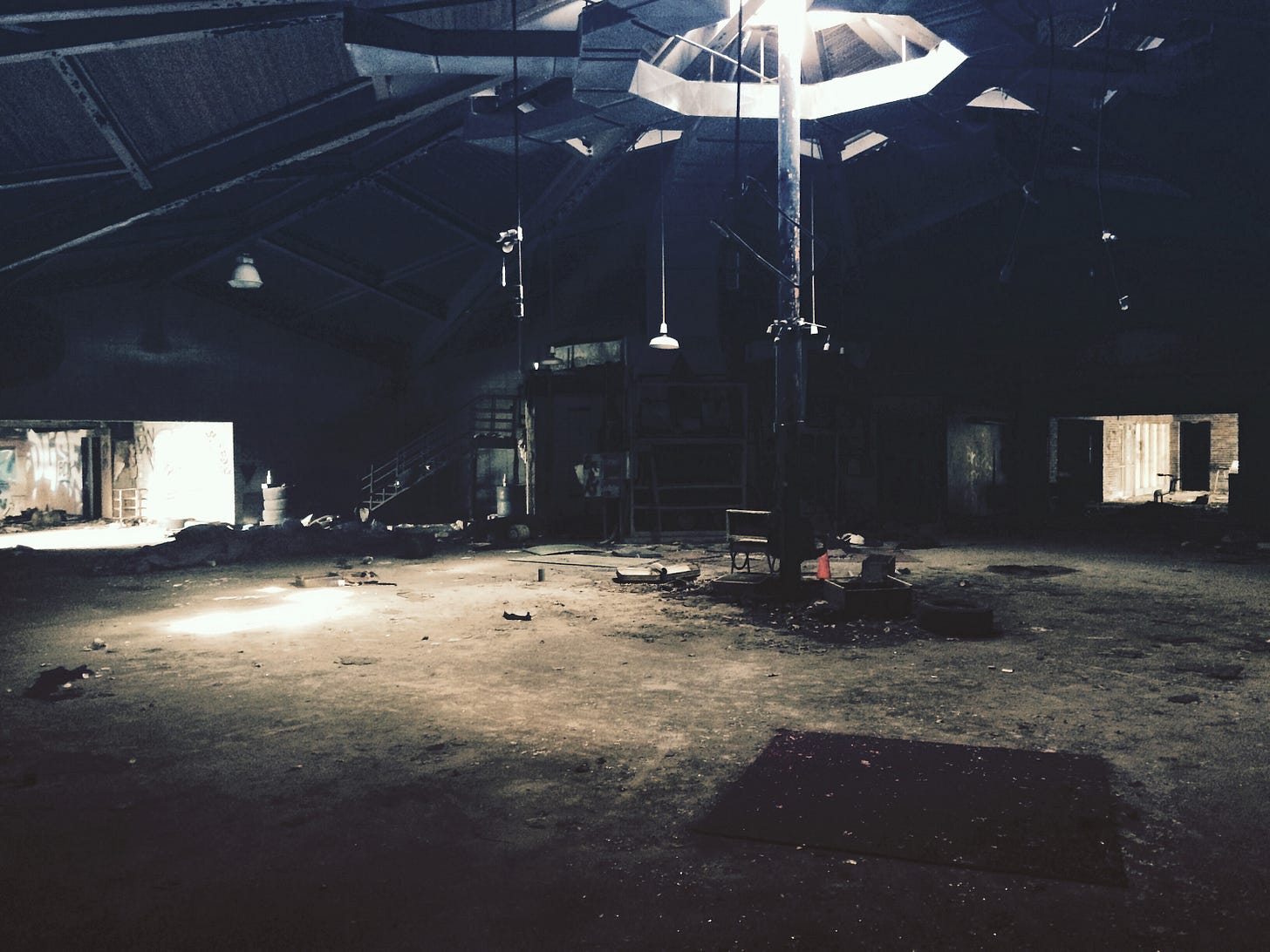
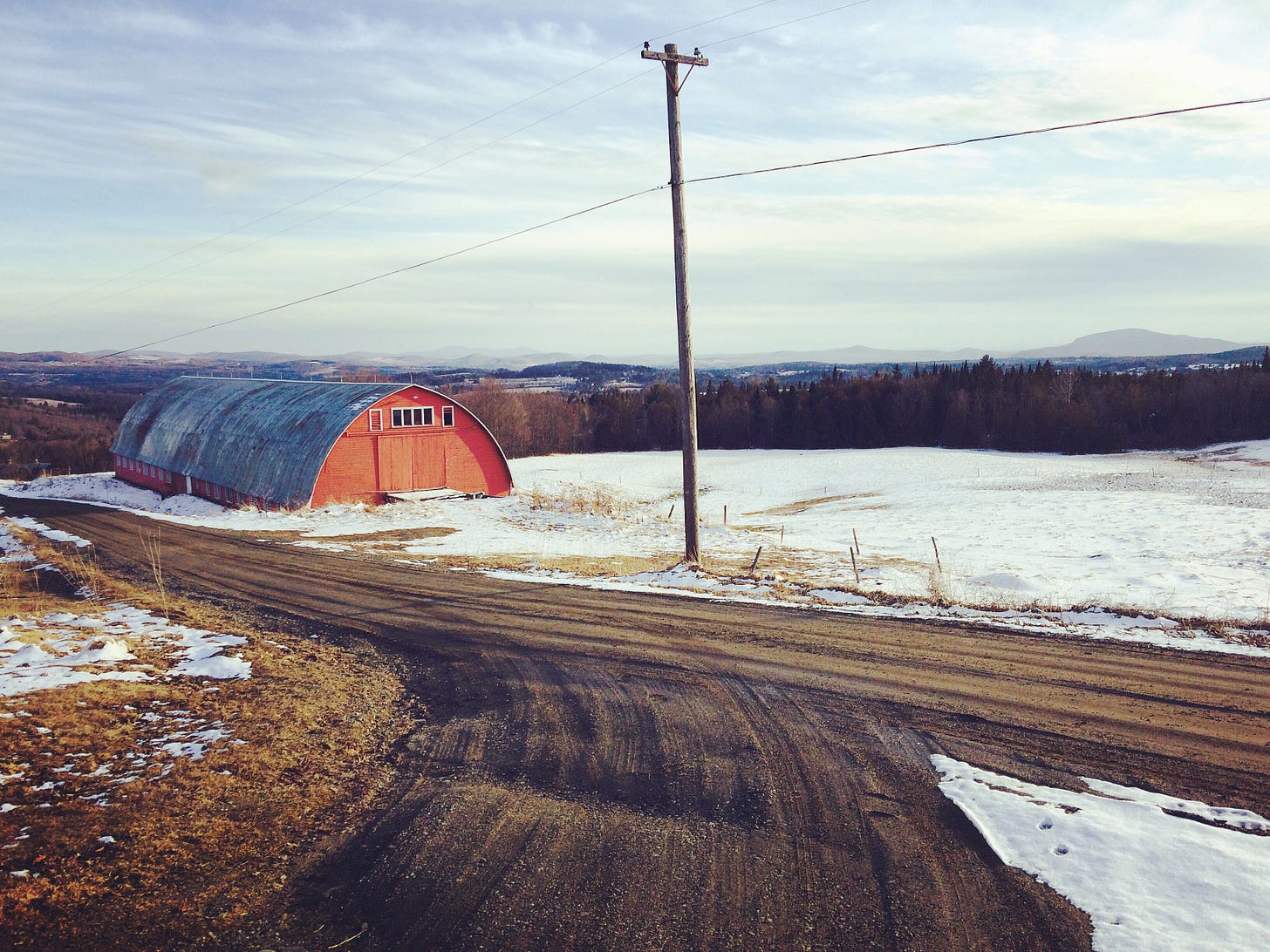
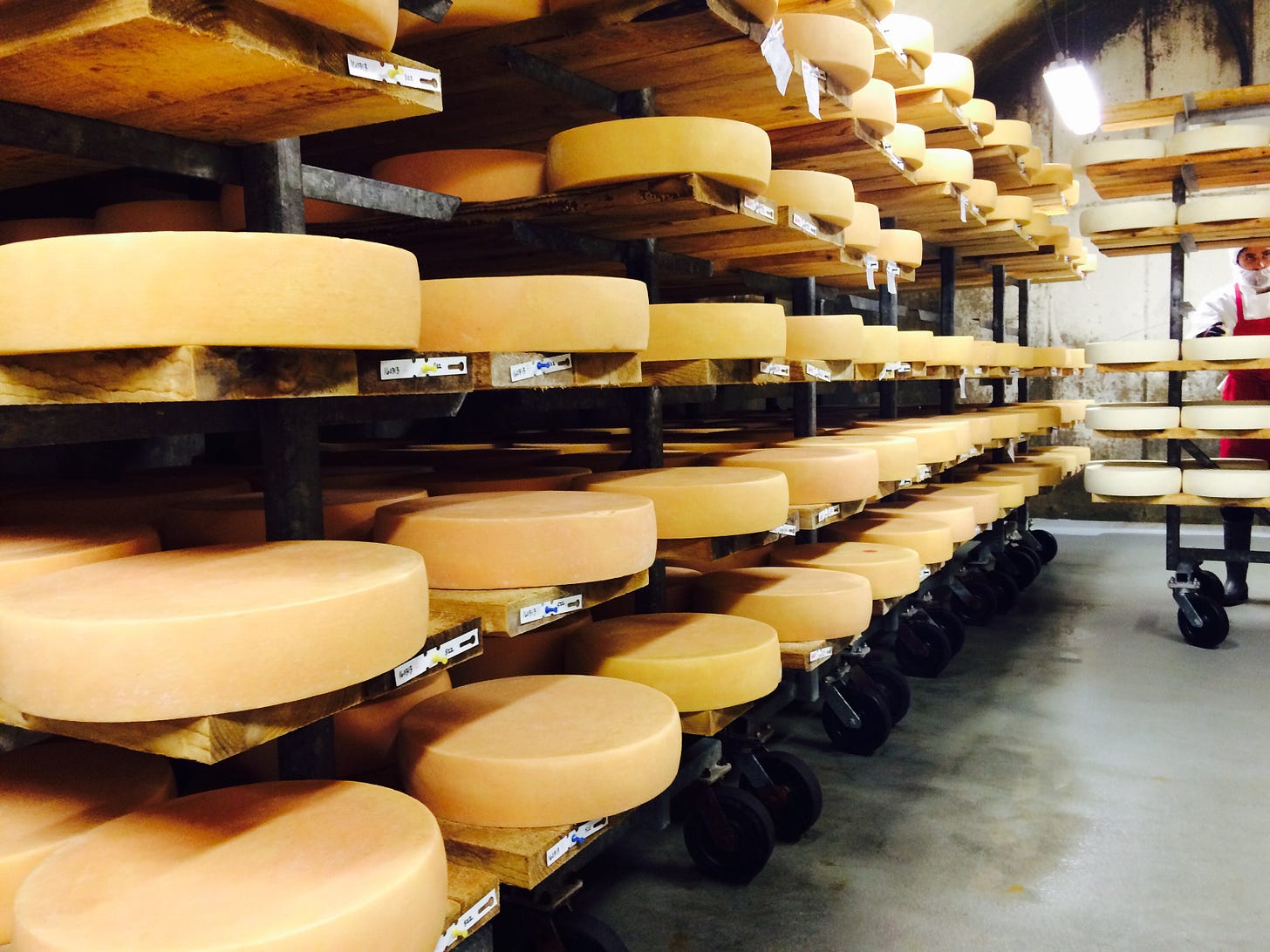
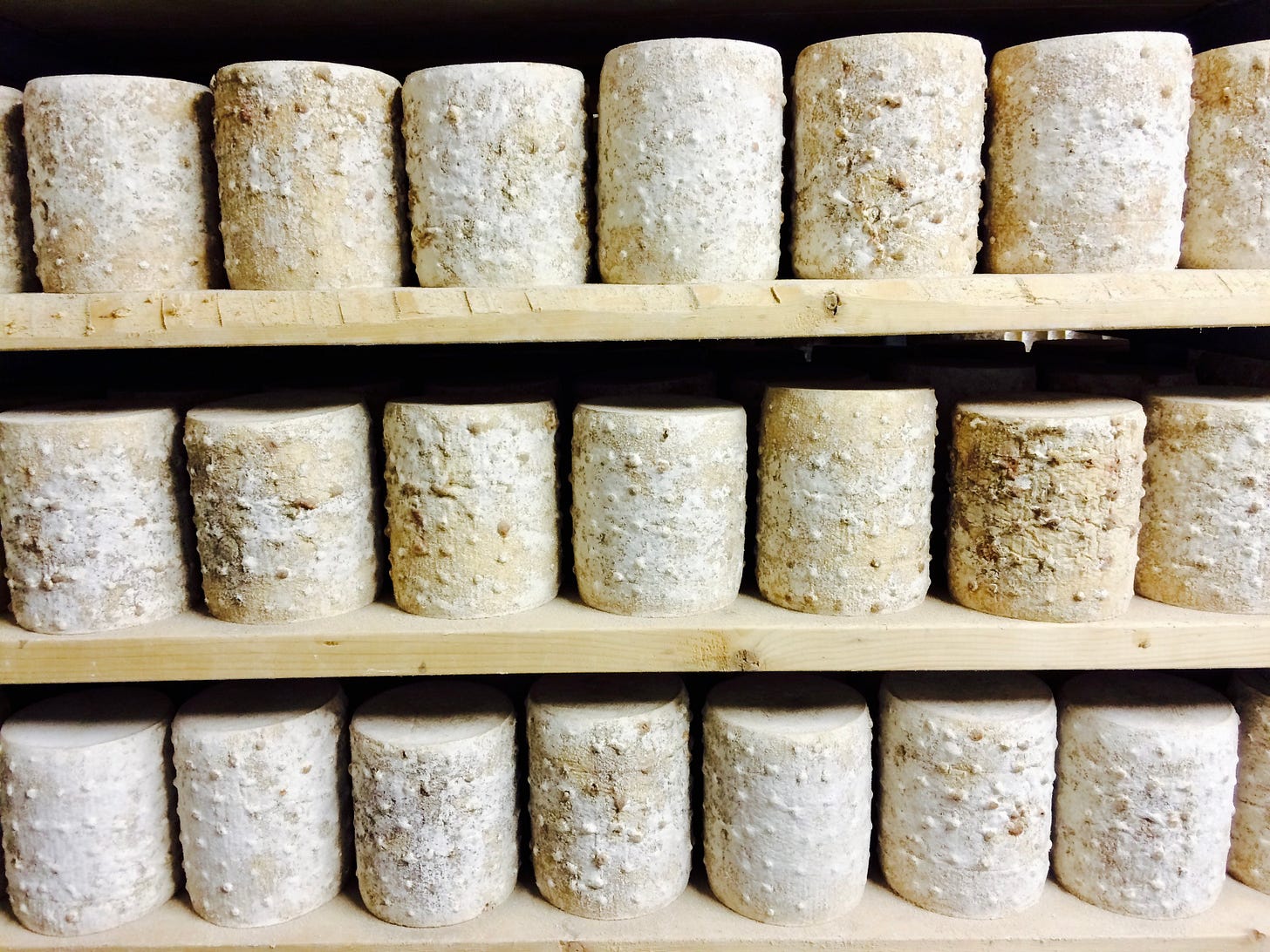


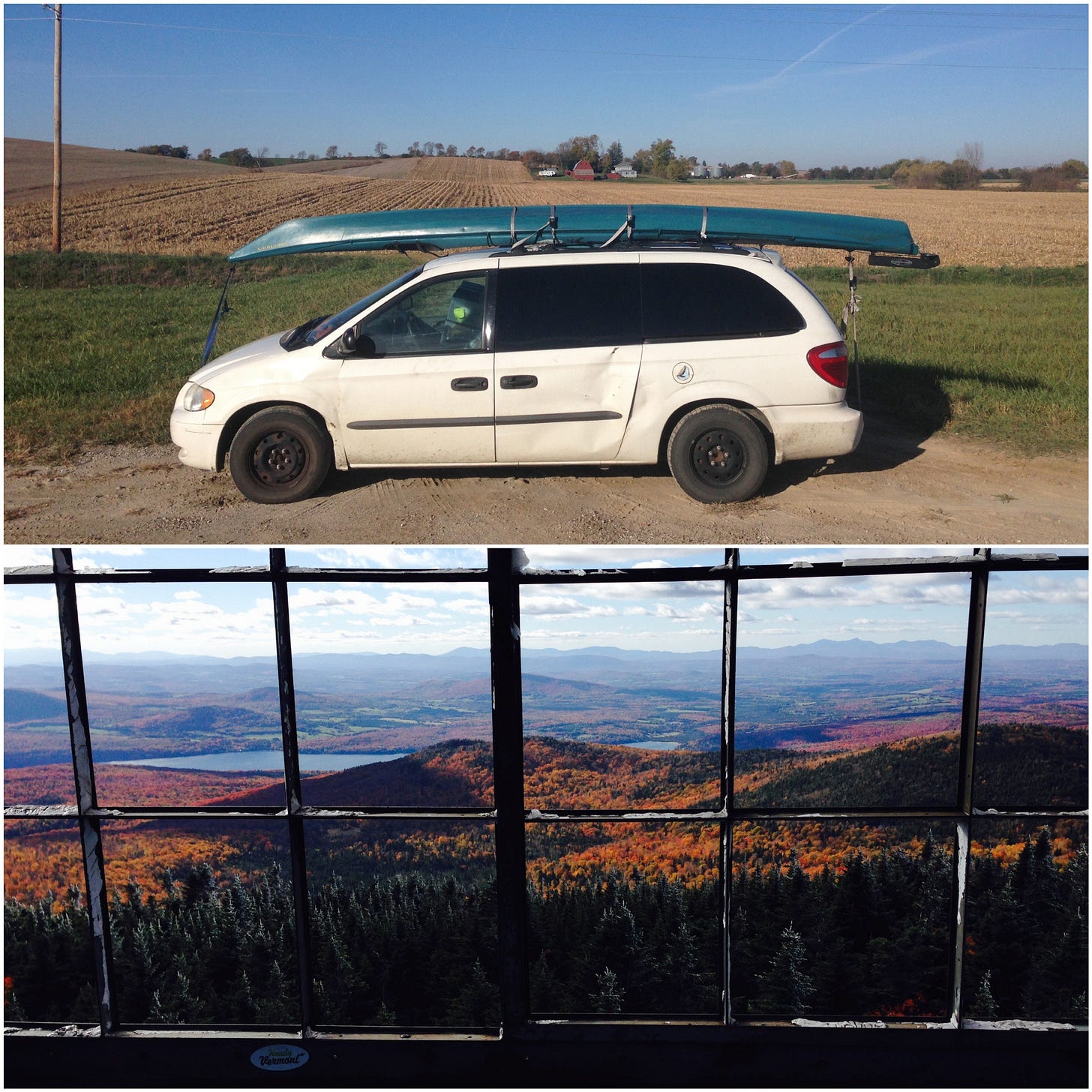

I love reading your writing. I visited Jasper Hill one day, it was a revelation.
Hi Trevor,
Thanks for this tale of your adventures. In my first college summer in 2018 I made a new aunt named Rachel Kane. She lives in the small village of East Hardwick, and dedicated her life to running a Perennial nursery she started 40 years ago ( than known as Perennial Pleasures, now as Summerset Gardens). It was my first time living in the NEK and I fell in love with crisp water, air, and black soil. Willy’s True Value corner store at Lake Caspian was the place to get a great $25 wheel of those Jasper Hill wonders. I would have
Love to visit the Creamery, never got to it.
Your writing feeds my philosophical, and story -craving soul. I throw you some digital bones every month to support your work, half the time my stupid busy life neglects the read, and then I wake up
2am when I can’t sleep and I find your stories again. It’s great to be learning more of your larger story and journey. Thanks for sharing buddy !